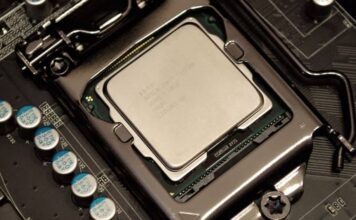Geofencing is a geolocation technology that monitors the movement of objects or people within a predefined perimeter. This system is used, for example, for the management of vehicle fleets, in order to create areas of use.
Associated with a GPS, the geofencing function will trigger an alert as soon as the virtual border of the authorized area is crossed. It is also used to monitor the use of an object, device or person in a given area.
Table of Contents
Geofencing and drones
The advent of consumer drones has necessitated the use of geofencing to create overflight exclusion zones near airports, prisons, nuclear power plants and places of power.
The main manufacturers update their drone piloting software with a list of sensitive locations. If the aircraft approaches or crosses one of these zones, the user receives an alert and takeoff can be blocked.
Geofencing and marketing: targeted advertising
The popularization of smartphones, the vast majority of which are equipped with GPS, has led to the use of geofencing as a marketing tool. Merchants or brands can create areas near their points of sale within which they will send promotional offers by SMS to customers who accept to interact through mobile applications.
This type of advertising targeting is widely used in the ready-to-wear, tourism and catering sectors.
What are the advantages of geofencing for the management of your fleet?
The benefits of geofencing are numerous for companies that own a fleet of vehicles: it makes it possible to delimit geographical areas in an on-board telematics application and to control that the use of its automobile fleet or its site vehicles is made in the rules.
The fields of application of geofences are multiple: they can be used to keep objects (know if a vehicle or object leaves the monitored area) or to keep them away (restricted area that vehicles must avoid).
Geofencing also allows managers to analyze the activity on a particular site: travel time to get there, duration of stops on site, frequency and number of visits, their schedules. This avoids drivers having to return to the company to communicate data related to their activity.
For a business, the advantage is real: it’s time and cost savings and simplified social management.
The analysis of all the data collected makes it possible to optimize the routes and identify the levers that will improve the productivity of your company.




